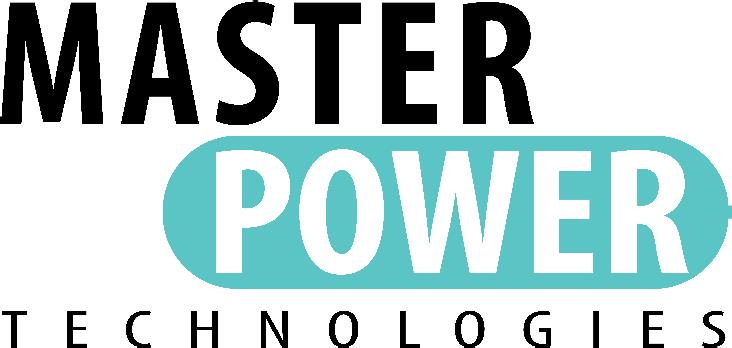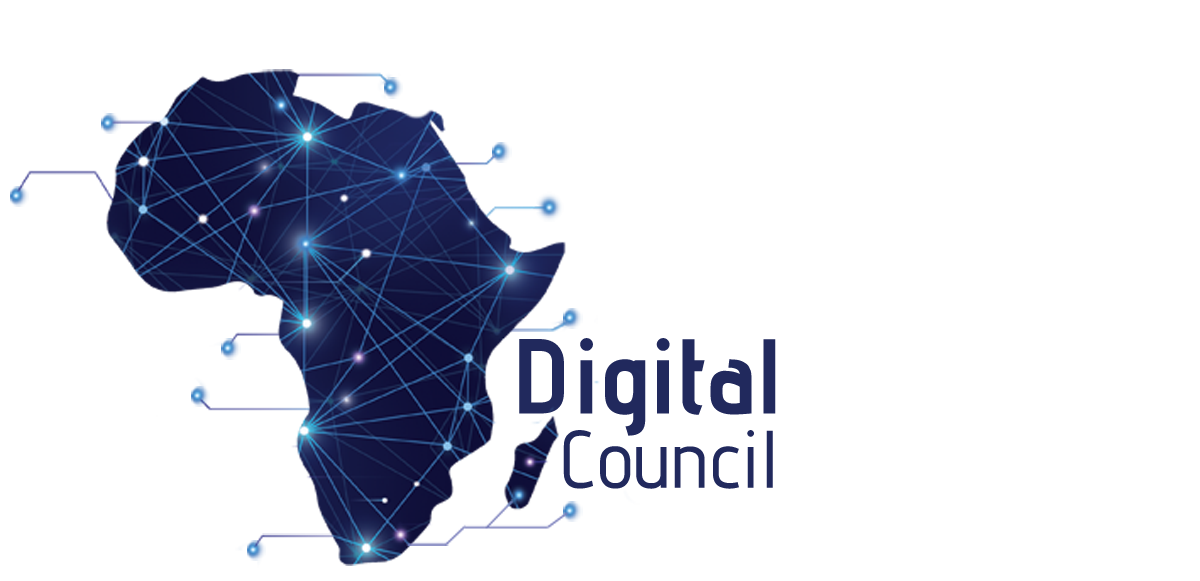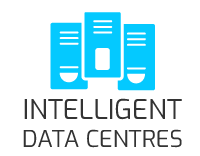As data centers address more expansive and unique challenges, so too must their power distribution equipment meet those performance needs. Server cabinets and racks, even individual server units, need to be designed for maximum adaptability to the ever-changing power consumption requirements of their unique and demanding environments.
Whether dedicated to supercomputing or artificial intelligence, data centers are by their very nature unique in form factor and physical architecture. Sometimes they’ll fit into an existing building on campus, with a retrofit of new infrastructure to support the additional demands placed on the power and cooling systems of the facility. Other times they’re installed in an entirely new facility designed expressly for housing the machinery. In both instances, administrators must find custom solutions for delivering power, cooling, networking, and so forth.
On the other hand, edge computing is designed to put applications and data closer to devices— and their users. But it brings a different set of challenges than the massive data centers used in supercomputing and AI applications. Space is a significant one in many cases; smaller enclosures mean even less space for the power distribution equipment. Because edge computing takes place remotely, you need to validate remote connectivity and possibly remediate any issues.





















